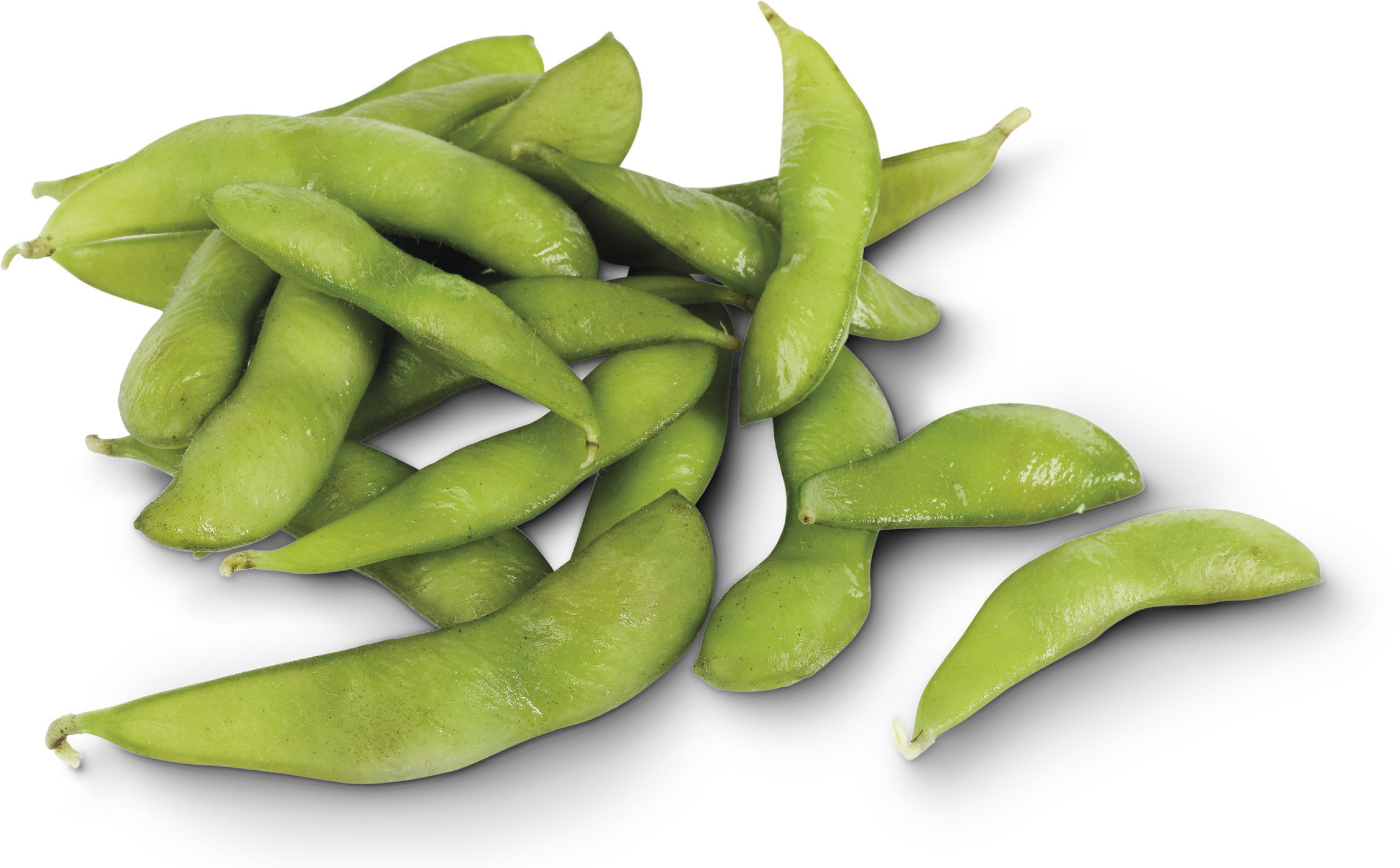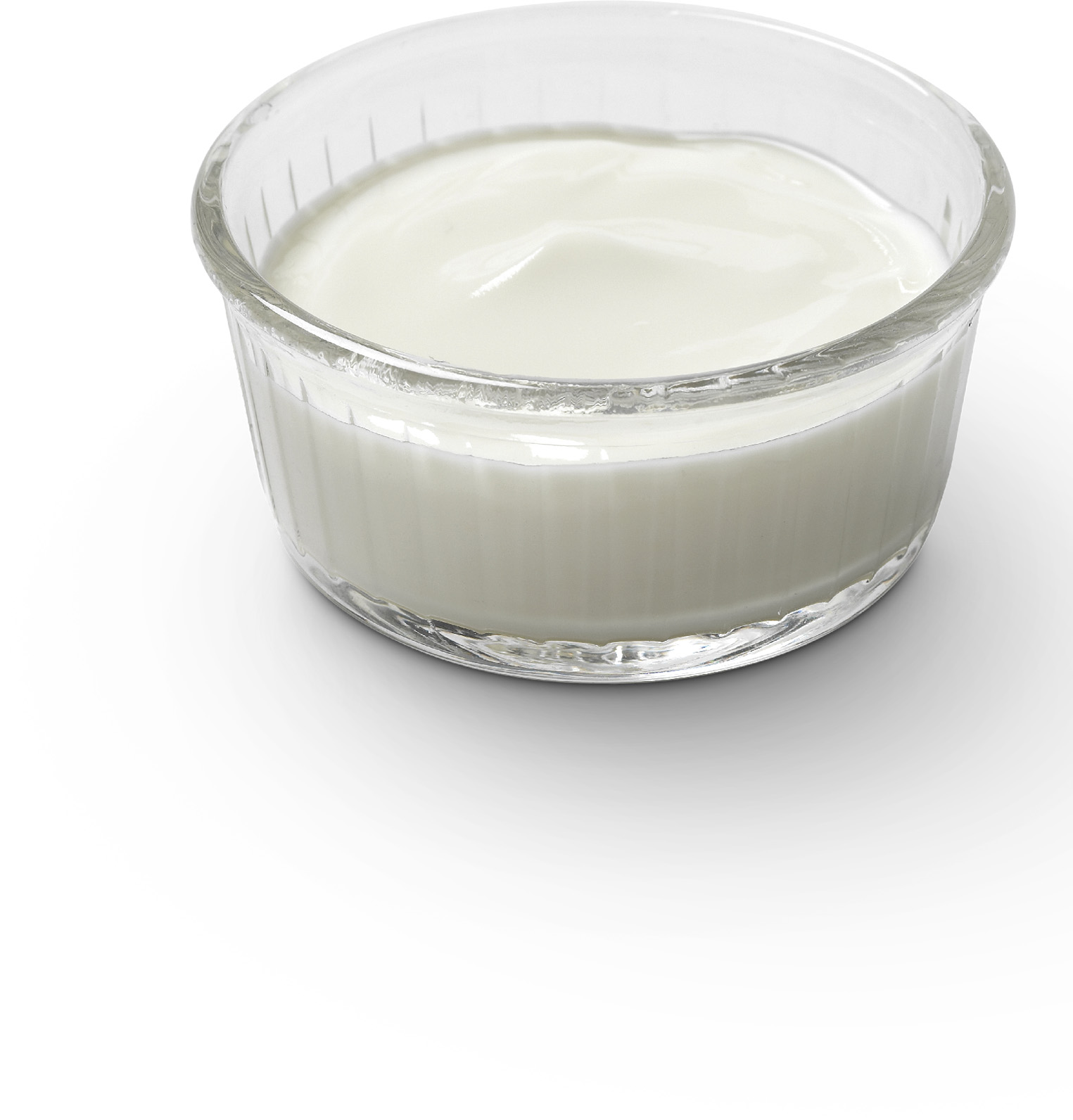
The wide-ranging effects of the menopause call for an equally diverse array of foods to oppose the negative effects of declining oestrogen levels. Fill up on foods to counter changes in mood, iron levels, and bone strength, while cutting out or down on alcohol.

Omega-3 fats help modulate mood swings and depression caused by the hormonal fluctuations associated with the menopause. What’s more, they’re loaded with vitamin D to keep bones strong.

Research now reveals that soya probably helps to protect against breast cancer. Good intakes of soya may also help to ease menopause-related symptoms, such as hot flushes and vaginal dryness.
Nutrient-rich beans, chickpeas, and lentils contain good amounts of phyto-oestrogens that help counter both menopausal symptoms and the increased risk of heart disease after the menopause.
Eggs are naturally rich in vitamin D, which helps the body to absorb calcium and keep bones strong. Plus, eggs are a good vegetarian source of iron, low levels of which can lead to iron-deficiency anaemia.

Yogurt is rich in three bone-strengthening nutrients – calcium, phosphorus, and protein. Oestrogen helps to keep bones strong, so when oestrogen levels drop during the menopause, bones become weaker. In fact, women lose up to 20 per cent of their bone density in the five to seven years after the menopause.
Foods to avoid
• Alcohol – Even small amounts of alcohol increase the risk of breast cancer – just one drink a day (about 1.5 units) boosts the risk by 4 per cent. This risk increases the more a woman drinks – each additional 1.25 units correlating to a 7–12 per cent rise.
With the menopause comes all manner of body-wide effects. But it’s good to know that what you eat can help prevent or reduce the risk of many of these common conditions.
This common menopausal symptom results from declining levels of oestrogen. Up to 40 per cent of women may experience such vaginal discomfort, but fewer than 25 per cent report it to a doctor. In addition to irritation, vaginal dryness can make sexual intercourse painful and can lead to frequent urinary tract infections. Use a water-soluble lubricant to make sex more enjoyable and adjust your diet to include more foods rich in phyto-oestrogens (see above).
Phyto-oestrogen-rich foods, such as soya, flaxseeds, wholegrains, pulses
The most common form of anaemia, iron-deficiency anaemia is a condition where a lack of iron in the body leads to a reduction in the number of red blood cells. Iron is an essential constituent of haemoglobin – the oxygen-carrying pigment within all red blood cells. Fewer red blood cells than normal means your body won’t get as much oxygen, which can make you feel breathless, lethargic and tired, experience heart palpitations, and appear pale. Heavy periods are a common causes of this anaemia, so eating plenty of iron-rich foods can help prevent and treat this condition. Calcium can interfere with iron absorption, so be mindful about eating calcium-rich foods.
Eggs, brown rice, pulses, tofu, leafy greens, fish, nuts, seeds, dried apricots
Tea, coffee, calcium-rich foods
A cancerous tumour of the breast almost always affects women; rarely, men can be affected. Breast cancer is the most often diagnosed cancer in women worldwide, with an estimated 1.7 million new cases in 2012. The first sign of cancer is often a painless lump; other symptoms may include nipple discharge or indentation. Mostly, just one breast is affected. Certain foods appear to protect against breast cancer, while others have been shown to increase the risk.
Soya, fresh fruit and vegetables (particularly mushrooms and tomatoes), olive oil, spices, green tea
Alcohol, processed foods, red meat